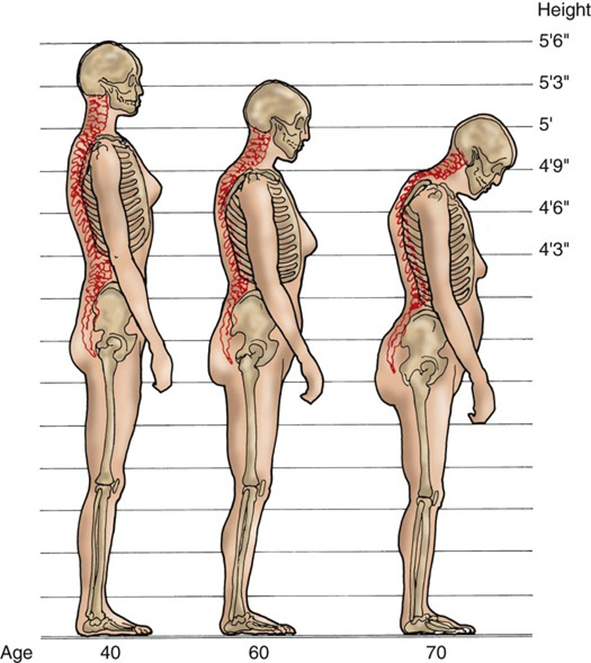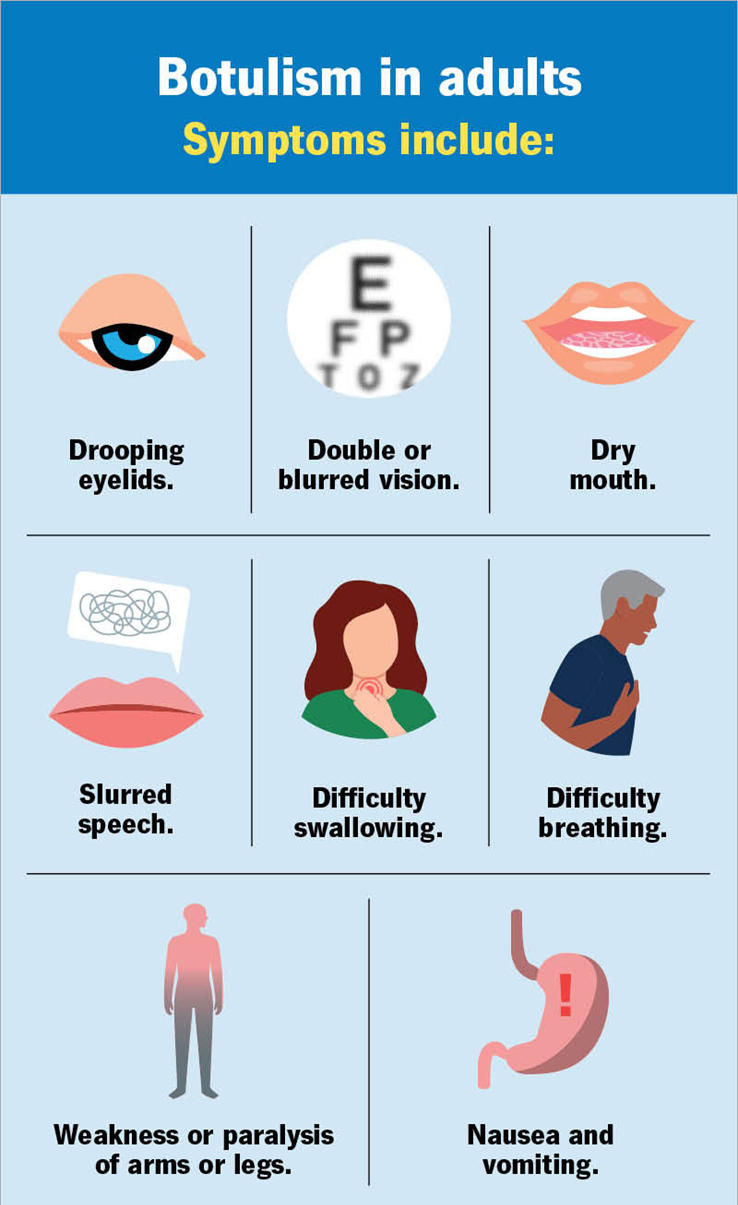A nurse is preparing a presentation at a senior center about age-related musculoskeletal changes. Which of the following changes should the nurse plan to include?
Reduced chest width
Increased force of isometric contraction
Decreased muscle mass
Thickened vertebral discs
The Correct Answer is C
Choice A reason:
Reduced chest width: Aging does not typically result in a reduced chest width. Instead, changes in posture and the curvature of the spine can make the chest appear less prominent. The primary musculoskeletal changes with aging involve bone density, muscle mass, and joint flexibility
Choice B reason:
Increased force of isometric contraction: This is incorrect. Aging is associated with a decrease in muscle strength and mass, not an increase. The force of muscle contractions generally diminishes with age due to the loss of muscle fibers and changes in muscle composition.
Choice C reason:
Decreased muscle mass: This is correct. One of the most significant age-related musculoskeletal changes is sarcopenia, which is the loss of muscle mass and strength. This process begins around the age of 30 and accelerates with age, leading to decreased physical strength and increased risk of falls and fractures.

Choice D reason:
Thickened vertebral discs: Aging typically leads to the thinning and dehydration of intervertebral discs, not thickening. This can result in a reduction in height and increased susceptibility to spinal issues such as herniated discs and spinal stenosis.
Nursing Test Bank
Naxlex Comprehensive Predictor Exams
Related Questions
Correct Answer is ["C","D"]
Explanation
Choice A reason: Botulism is Acquired Through Direct Contact with an Infected Person
Botulism is not acquired through direct contact with an infected person. It is caused by a toxin produced by the bacterium Clostridium botulinum. The most common forms of botulism are foodborne, wound, and infant botulism. Foodborne botulism occurs when a person ingests food containing the toxin, while wound botulism occurs when the bacteria infect a wound and produce the toxin. Infant botulism occurs when infants ingest spores of the bacteria, which then grow and produce the toxin in their intestines.
Choice B reason: Notify the Centers for Disease Control and Prevention (CDC) When More Than Three Cases Are Confirmed
While notifying the CDC is crucial in the event of a botulism outbreak, the specific threshold for notification can vary. Generally, any suspected case of botulism should be reported to public health authorities immediately due to the severity of the disease and the potential for outbreaks. The CDC provides guidelines for reporting and managing botulism cases.
Choice C reason: Botulism Can Produce Paralysis Within 12 to 72 Hours Following Exposure
Botulism can indeed produce paralysis within 12 to 72 hours following exposure. The toxin affects the nervous system, leading to muscle paralysis. Early symptoms include weakness, dizziness, and dry mouth, followed by more severe symptoms such as blurred vision, difficulty swallowing, and muscle weakness. If left untreated, botulism can lead to respiratory failure and death.
Choice D reason: Vomiting and Diarrhea Are Expected Findings Following Exposure
Vomiting and diarrhea may occur early, especially in foodborne or inhalational exposures, before neurologic signs appear
Choice E reason: Botulism is a Toxin Found in Castor Beans
Botulism is not a toxin found in castor beans. The toxin found in castor beans is ricin, which is a different type of bioterrorism agent. Botulism is caused by the botulinum toxin produced by Clostridium botulinum bacteria.

Correct Answer is A
Explanation
Choice A reason: Explaining the procedure, risks, and benefits
Explaining the surgical procedure, including its risks and benefits, is primarily the responsibility of the surgeon. This is because the surgeon has the detailed knowledge and expertise regarding the specific procedure and can provide comprehensive information to the patient. The nurse’s role in this context is to support the patient by clarifying any information provided by the surgeon and ensuring that the patient understands the instructions. Nurses can also address any immediate concerns or questions the patient might have, but the detailed explanation of the procedure itself is outside their scope of practice.
Choice B reason: Reviewing preoperative instructions
Reviewing preoperative instructions is within the nurse’s responsibilities. Nurses play a crucial role in ensuring that patients understand and follow preoperative instructions, which may include fasting guidelines, medication adjustments, and other preparatory steps. This helps to minimize surgical risks and ensures that the patient is adequately prepared for the procedure. By reviewing these instructions, nurses help to reinforce the information provided by the surgical team and ensure patient compliance.
Choice C reason: Obtaining test results
Obtaining and reviewing test results is also within the nurse’s scope of practice. Nurses are responsible for ensuring that all necessary preoperative tests have been completed and that the results are available for the surgical team. This includes coordinating with the laboratory and other departments to obtain timely results and reviewing them to identify any potential issues that need to be addressed before surgery. This step is critical in ensuring patient safety and readiness for the procedure.
Choice D reason: Ensuring that a signed surgical consent form was completed
Ensuring that a signed surgical consent form is completed is a shared responsibility between the nurse and the surgeon. While the surgeon is responsible for obtaining informed consent by explaining the procedure, risks, and benefits, the nurse’s role is to verify that the consent form has been signed and documented appropriately. This verification process is crucial to ensure that the patient has given informed consent before proceeding with the surgery.
Choice E reason: Assessing the current health status of the client
Assessing the current health status of the client is a fundamental responsibility of the nurse. This involves conducting a thorough health assessment, including taking vital signs, reviewing the patient’s medical history, and identifying any potential risks or concerns that may affect the surgery. This assessment helps to establish a baseline for the patient’s condition and ensures that any necessary precautions are taken to promote a safe surgical outcome.
Whether you are a student looking to ace your exams or a practicing nurse seeking to enhance your expertise , our nursing education contents will empower you with the confidence and competence to make a difference in the lives of patients and become a respected leader in the healthcare field.
Visit Naxlex, invest in your future and unlock endless possibilities with our unparalleled nursing education contents today
Report Wrong Answer on the Current Question
Do you disagree with the answer? If yes, what is your expected answer? Explain.
Kindly be descriptive with the issue you are facing.
